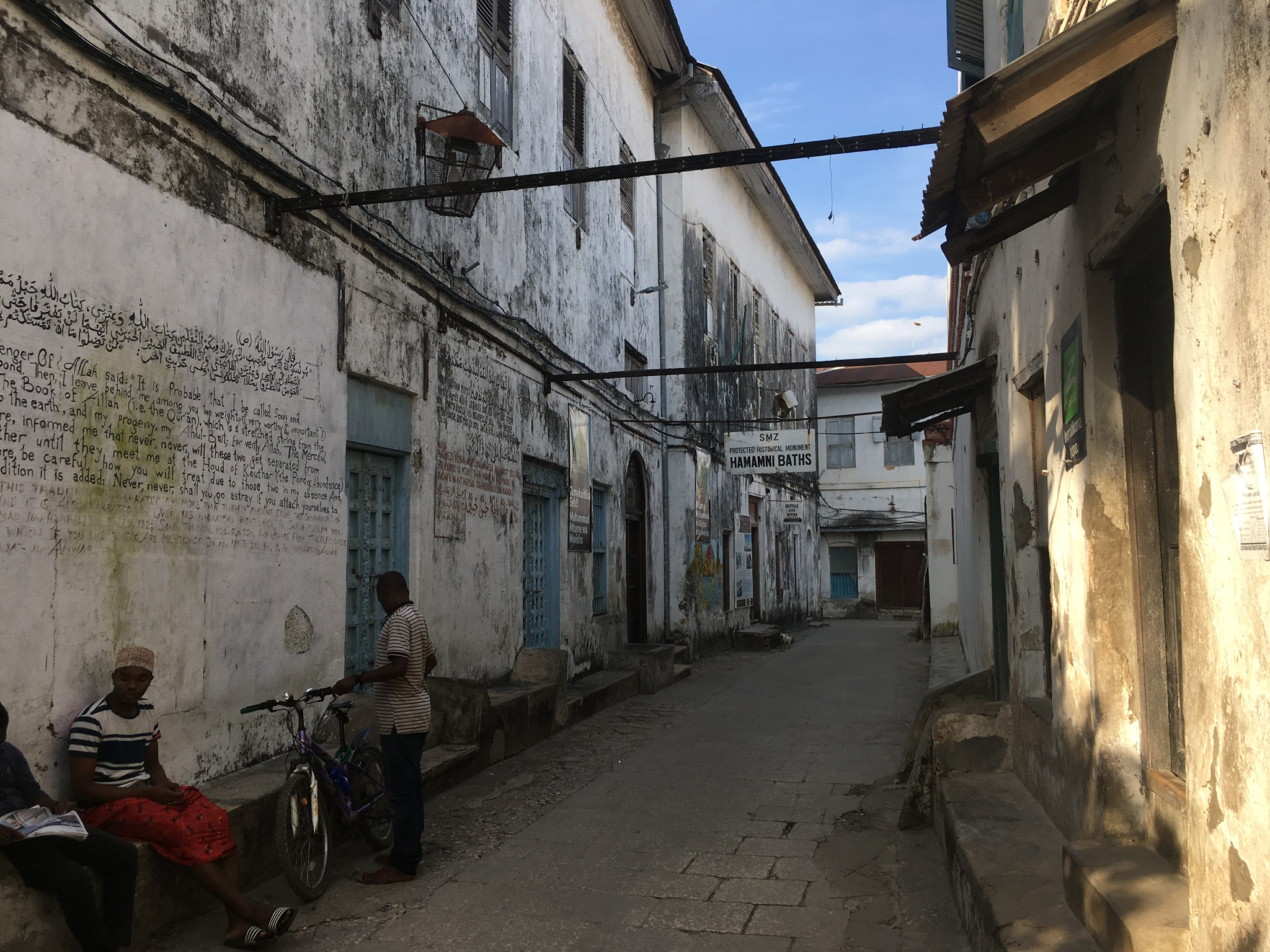Hamamni Persian Baths on:
[Wikipedia]
[Google]
[Amazon]

 The Hamamni Persian Baths is located in a historical building of
The Hamamni Persian Baths is located in a historical building of Independent Travel Guide to Zanzibar
/ref> The Baths are not working anymore, but they are open to visitors and are a major tourist attractions of Stone Town. Visits are limited to some areas of the original complex because part of it (e.g., the restaurant) has since been adapted for private residences.

 The Hamamni Persian Baths is located in a historical building of
The Hamamni Persian Baths is located in a historical building of Stone Town
Stonetown of Zanzibar ( ar, مدينة زنجبار الحجرية), also known as Mji Mkongwe ( Swahili for "old town"), is the old part of Zanzibar City, the main city of Zanzibar, in Tanzania. The newer portion of the city is known as Ng'ambo ...
, Zanzibar
Zanzibar (; ; ) is an insular semi-autonomous province which united with Tanganyika in 1964 to form the United Republic of Tanzania. It is an archipelago in the Indian Ocean, off the coast of the mainland, and consists of many small islands ...
. The name Hamamni is also used to refer to the neighbourhood where the building is located.
The Baths were built between 1870 and 1888 for sultan Barghash bin Said
Sayyid Barghash bin Said al-Busaidi,(1836 – 26 March 1888) ( ar, برغش بن سعيد البوسعيد), was an Omani Sultan and the son of Said bin Sultan, was the second Sultan of Zanzibar. Barghash ruled Zanzibar from 7 October 1870 to 26 ...
for use as public baths
Public baths originated when most people in population centers did not have access to private bathing facilities. Though termed "public", they have often been restricted according to gender, religious affiliation, personal membership, and other cr ...
, and maintained this function until 1920. They are referred to as "Persian" because their construction was commissioned to Shirazi architects. The word "Hamamni" means "the place of the baths".
The building had a complex structure with several rooms, including hot and cold baths, toilets, shaving areas, and a restaurant. Hot water was provided by underground aqueducts. Entrance was subject to a fee, so that only wealthy zanzibaris could use them regularly. They were open both to men and women, but with different hours of admittance./ref> The Baths are not working anymore, but they are open to visitors and are a major tourist attractions of Stone Town. Visits are limited to some areas of the original complex because part of it (e.g., the restaurant) has since been adapted for private residences.
Footnotes